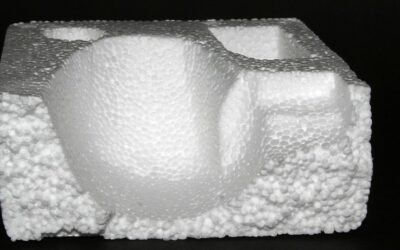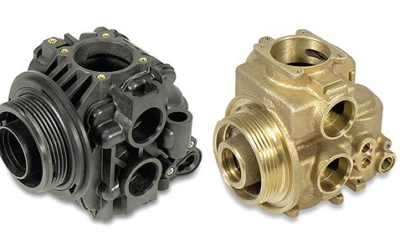By separating our waste, we not only help save raw materials, we also help them to be used and create more jobs
Although many consider it the same, there is a subtle and important difference between waste and garbage. Knowing this distinction is key to reducing environmental pollution, since currently many containers and packages are considered garbage when in fact they have a great value in the Recycling industry.
What is garbage and what is waste?
Garbage is all that is no longer useful. This material cannot be recycled and must go directly to landfills or incinerators.
In contrast, waste is glass, paper, recyclable plastic or aluminum materials that, although they have been used, can still be reused or recycled. This is the case of containers and packaging, since the materials used for their manufacture facilitate their distribution and are 100% sustainable.
How is packaging and packaging waste used?
For more than 18 years, the non-profit organization ECOCE (Ecology and Business Commitment) and its Associates have had an environmental education and waste management plan that recovers PET containers, rigid plastic (HDPE), packaging flexible (LDPE and BOPP), aluminum, tinplate and multilaminate cardboard, to be recycled, proving that they have value not only when used for the first time, but also when they become waste.
Container and packaging waste is used in the following way:
- PET, used in soft drink, bottled water and food containers, is used to manufacture new food grade bottles (circular economy), textiles, footwear and even protective masks.
- With flexible packaging (PEBD and BOPP) such as cookies, bread and snacks, pallets, street furniture, plastic wood and even flower pots are made.
- Rigid plastic containers (HDPE), such as those containing liquid shampoos and detergents, can be used to create new bottles, pipes, garbage containers, road signs and industrial parts.
- Aluminum containers, such as those for beverage cans, are not only used to make new cans, but also various industrial parts and auto parts.
- With tinplate, used for food canning, all articles derived from the foundry of steel.
The multilaminated cardboard, which we find in milk and juice containers, is used to create fibers for cardboard and paper, as well as polyaluminum.
Separate, key to use
The use of waste for the creation of new products is possible thanks to the help of the population, which separates them properly to facilitate their identification and assessment. Once recovered, they are processed to obtain the raw material and avoid extracting new ones, save energy, water, generate jobs (today more than 70 thousand in our country), but above all, to prevent them from polluting the environment.
There are three instances that intervene in this vital process:
Consumers, explains ECOCE, we take the first step by not throwing them into the environment, polluting it, and separating them together with other recyclable waste so that they are identified by the cleaning staff and channeled for reuse.
Governments establish adequate laws and regulations to better provide services and collect waste, migrating from mixed to separate collection.
The industry, through their valuation, treatment, recycling and reincorporation to the production chain, in addition to collaborating with an adequate communication to the consumer so that they dispose of them correctly.
The goals of the recycling industry
According to ECOCE, thanks to the ‘Circular Economy’, which applies the concepts of Reuse, Reduce, Recycle, Redesign and Rethink, the recycling industry continues to advance in:
- Stop using unnecessary plastics that do not comply with characteristics such as 100% reusable, 100% recyclable or 100% compostable.
- Reduce the amount of materials to manufacture packaging and containers by more than 25%, for 10 years.
- Promote responsible consumption; that is to say, purchase only the products and quantities that are going to be consumed. Avoiding waste.
- Continue with the technological development and research, of materials and technologies.
- Increase the recovery rates of each material. By 2025, the estimated recovery rate for PET will be 70% (currently around 53%) and 30% on average, in the case of other plastics.




